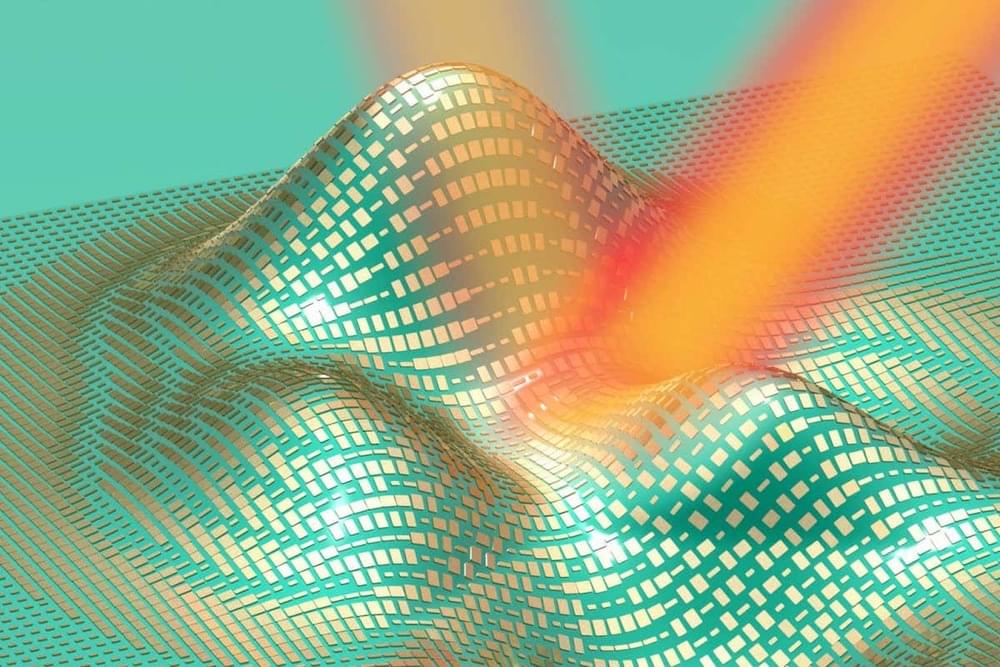Longevity is not yet considered an official medical term, and aging is not officially considered a disease but a natural occurrence in every living thing.
However, some biologists, researchers and practicing doctors believe this approach should change, and they are striving to discover the mechanisms of aging in humans. In doing so, they are creating age clocks by defining biomarkers for measuring biological age, exploring the best lifestyle habits and natural supplements, and inventing new drugs that could stop us from getting older.
Longevity has been on the radar of crypto leaders for some time already, which is not a surprise given that the industry promises to improve humankind through innovation. Indeed, one prominent event in the longevity industry, the Longevity Investors Conference, is organized by Marc P. Bernegger and Tobias Reichmuth, who were previously involved with the Crypto Finance Group.








